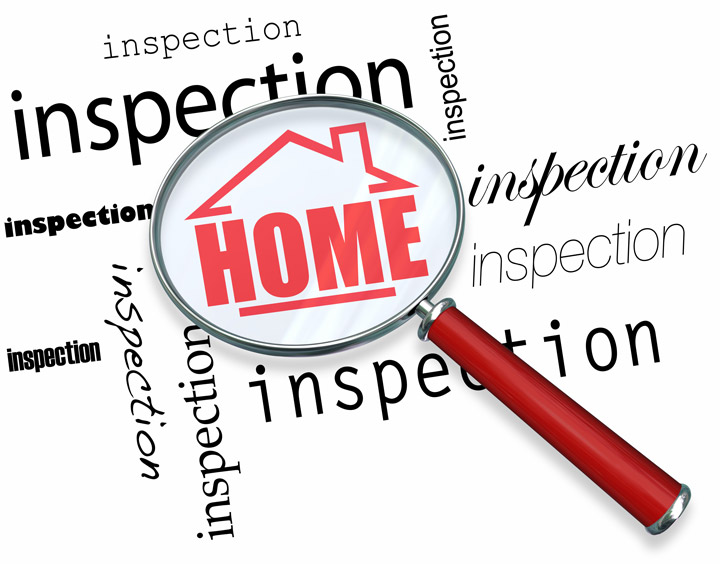
Understanding the Appraisal ProcessBuying real estate is the most serious financial decision some might ever encounter. Whether it's where you raise your family, a second vacation home or one of many rentals, purchasing real property is a complex transaction that requires multiple parties to pull it all off. You're likely to be familiar with the parties taking part in the transaction. The most known person in the exchange is the real estate agent. Next, the mortgage company provides the financial capital necessary to bankroll the deal. And the title company ensures that all aspects of the exchange are completed and that the title is clear to transfer to the buyer from the seller. So, who's responsible for making sure the value of the real estate is consistent with the purchase price? In comes the appraiser. We provide an unbiased opinion of what a buyer could expect to pay — or a seller receive —for a property, where both buyer and seller are informed parties. A licensed, certified, professional appraiser from STP Appraisal Services will ensure, you as an interested party, are informed. Please be aware, STP does not appraise personal property such as furniture, equipment, inventory, or business assets that might be conveyed with a property. The inspection is where an appraisal beginsTo ascertain an accurate status of the property, it's our responsibility to first complete a thorough inspection. We must see features first hand, such as the number of bedrooms and bathrooms, the location, living areas, etc, to ensure they truly exist and are in the condition a typical person would expect them to be. To make sure the stated square footage is accurate and document the layout of the home, the inspection often includes creating a sketch of the floorplan. Most importantly, we look for any obvious features - or defects - that would have an impact on the value of the property. Please realize, this is not a full blown home inspection, but an observation of the property by the appraiser. A typical inspection takes not longer that 30 minutes (time varies depending on the uniqueness and size of the property). Following the inspection, an appraiser uses two or three approaches to determining the value of the property: paired sales analysis and, in the case of a rental property, an income approach. 
Cost ApproachThis is where we analyze information on local construction costs, the cost of labor and other factors to derive how much it would cost to replace the property being appraised. This figure commonly sets the maximum on what a property would sell for. It's also the least used method and is mostly used on newer built homes. 
Paired Sales AnalysisAppraisers become very familiar with the communities in which they work. They thoroughly understand the value of certain features to the residents of that area. Then, the appraiser researches recent transactions in the vicinity and finds properties which are 'comparable' to the property being appraised. Using knowledge of the value of certain items such as upgraded appliances, additional bathrooms, additional living area, quality of construction, lot size, we adjust the comparable properties so that they are more accurately in line with the features of subject.
Once all necessary adjustments have been made, the appraiser reconciles the adjusted sales prices of all the comps and then derives an opinion of what the subject could sell for. When it comes to associating a value with features of homes, STP Appraisal Services is second to none. This approach to value is usually awarded the most consideration when an appraisal is for a real estate exchange. Valuation Using the Income ApproachIn the case of income producing properties - rental houses for example - the appraiser may use a third approach to value. In this case, the amount of income the real estate generates is factored in with income produced by neighboring properties to derive the current value. Putting It All TogetherCombining information from all applicable approaches, the appraiser is then ready to state an estimated market value for the property at hand. Note: While this amount is probably the most reliable indication of what a property is worth, it may not be the price at which the property closes. Depending on the individual circumstances of the buyer or seller, their level of urgency, or a buyer's desire for that exact property, the closing price of a home can always be driven up or down. But the appraised value is often employed as a guideline for lenders who don't want to loan a buyer more money than the property is actually worth. Here's what it all boils down to, an appraiser from STP Appraisal Services will do thier best for you discover the most accurate property value based on our research, so you can make profitable real estate decisions. They call the findings an opinon of value, because that's what it is, an opinion. Different appraisers may have a different opinon of value for the same piece of property, but our appraisers at STP pride ourselves in doing strong research to get you an accurate valuation for your property. |